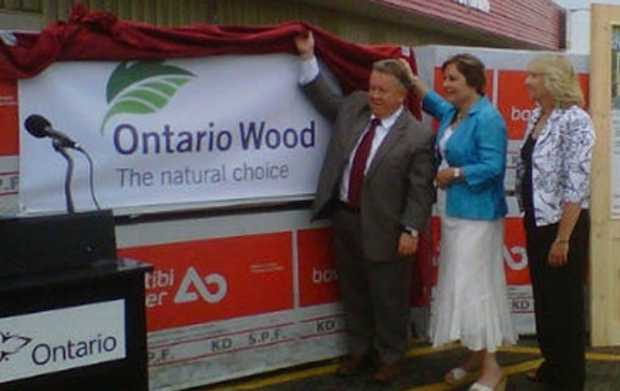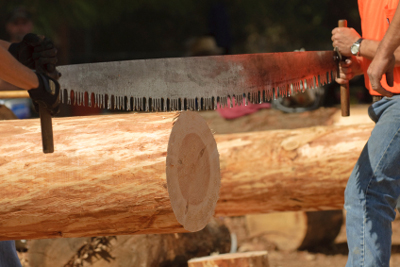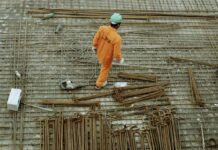
THUNDER BAY – Building with wood makes sense. It’s a fact; wood-frame construction has been the preferential construction option for millions of homeowners throughout North America for decades. From the historical days when settlers relied on the bounty of the land for their shelter and food, to modern-day advances that have seen the wood products industry grow in sophistication, wood has and always will be a safe and affordable option for construction.
For Canadians looking to build, watching the images of destruction in the Napa Valley in California where brick fell off many buildings, the flexibility of wood as a construction material is obvious.
Advances in building technology and research, coupled with the rigorous five-year process for building code changes, should re-assure each Canadian that safety is of the utmost importance for each building material and for each decision made at the building code level. If a building does not meet code, it does not get built – regardless of the material used!
Canadian Wood Council President Michael Giroux says, “Putting forward code change requests to increase the height limits for wood buildings is not about risking lives, it’s about breaking down the mis-perceptions and barriers that exist regarding the capacity of wood products in modern construction and leveling the playing field for all building materials. The truth is, all building materials have pros and cons, and all buildings are susceptible to the kinds of devastation such as earthquakes or fire. So when competing materials imply that wood is ‘unsafe’, are they advocating for Canadians or their own market share?”
A February 2014 report “Fire Outcomes in Residential Fires by General Construction Type,” released by the University of the Fraser Valley in British Columbia, challenged the general belief that completed buildings built predominantly with steel or concrete are significantly safer in a fire than those built predominantly with wood. Comparing the outcomes of fires in residential buildings constructed with wood, steel or concrete showed little to no difference in extent of fire spread or death and injury rates for buildings equipped with sprinkler systems and smoke alarms.”Canada’s wood products industry continues to develop innovative building products and improved building systems that are designed to meet the rigorous standards of the National Building Code of Canada,” added Giroux. “At the end of the day, it is the discretion of each Municipality to make decisions about the infrastructure options that are best suited for their communities – we’re simply expanding their options.”












